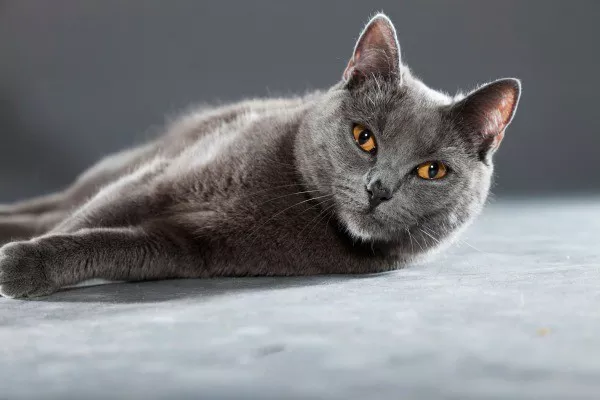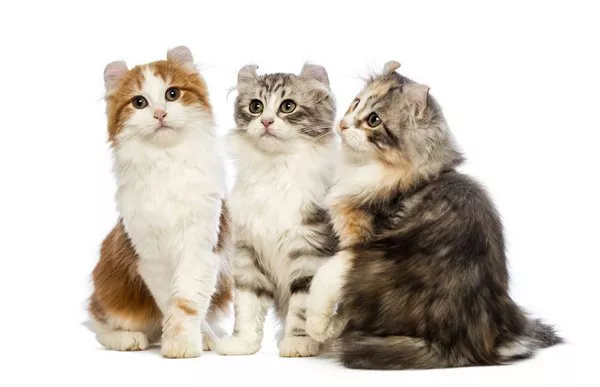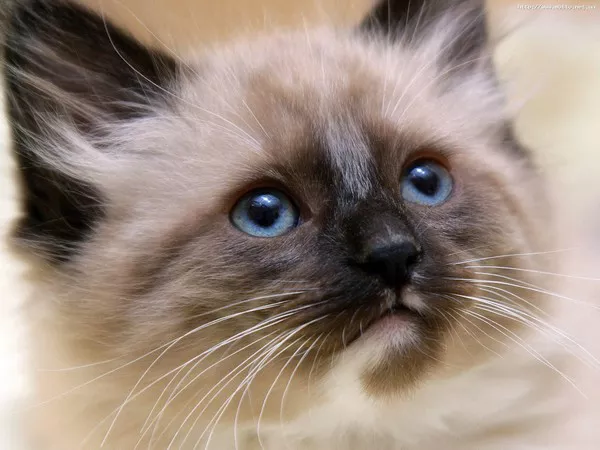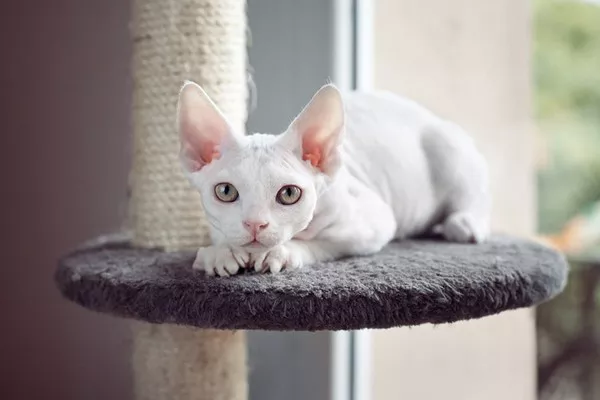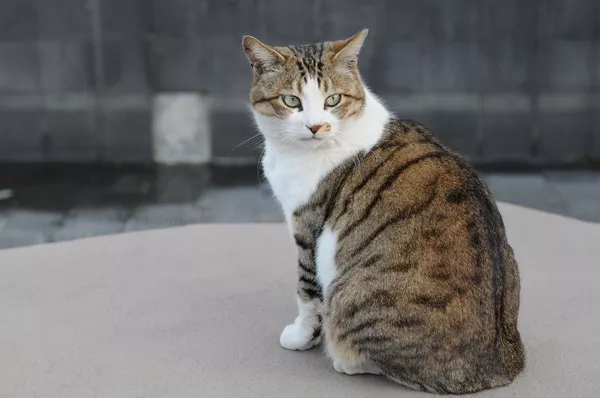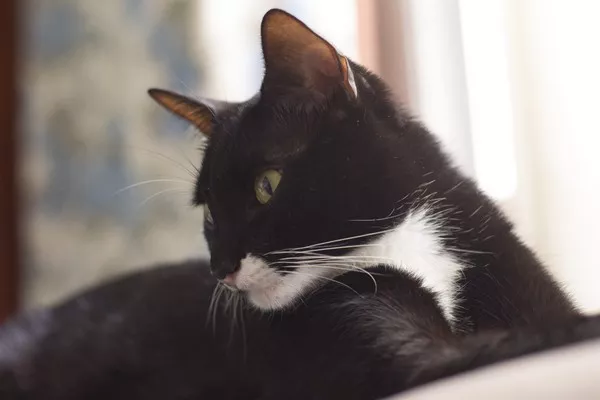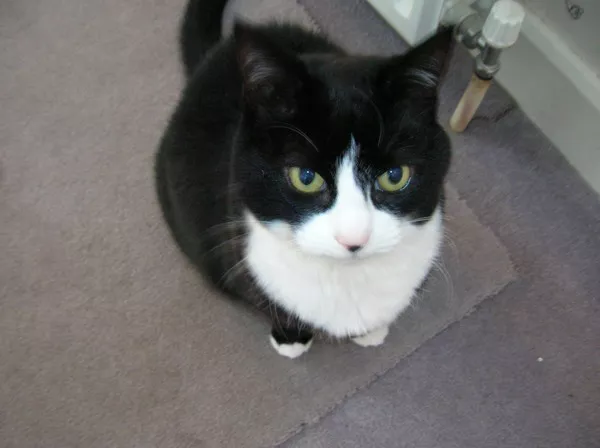Chartreux cats are renowned for their distinctive blue-gray fur, striking orange-amber eyes, and sweet-natured temperament. While these beloved feline companions are cherished for their sleek and dense coats, many cat enthusiasts may wonder about the timing and factors influencing the development of their fluffy appearance. In this comprehensive guide, we delve into the fascinating world of Chartreux cat coats, exploring when they get fluffy, the factors that influence coat development, and essential considerations for Chartreux cat owners.
Understanding Chartreux Cat Coat Development
Before delving into the specifics of when Chartreux cats get fluffy, it’s essential to understand the basics of feline coat development. Like all cats, Chartreux kittens are born with a fine, downy coat that provides warmth and protection during their early weeks of life. As they mature, their coat undergoes several stages of development, eventually reaching its characteristic texture and density.
Chartreux cats are known for their dense, water-repellent double coats, which consist of a soft, woolly undercoat and a slightly coarser outer coat. The development of this fluffy appearance is influenced by various factors, including genetics, age, and environmental conditions.
Factors Influencing Fluffy Coat Development
Several factors can influence when Chartreux cats develop their fluffy coats, including:
Genetics: Genetic factors play a significant role in determining the texture, length, and density of a Chartreux cat’s coat. Breeding lines with a history of dense, plush coats are more likely to produce kittens with similar characteristics.
Age: Like all kittens, Chartreux kittens undergo significant growth and development during their first year of life. Their coats gradually transition from the soft, downy fur of infancy to the dense, plush coat characteristic of adult Chartreux cats.
Nutrition: Adequate nutrition is essential for supporting healthy coat development in Chartreux cats. A balanced diet rich in high-quality protein, essential fatty acids, and vitamins and minerals promotes optimal skin and coat health, contributing to a soft, glossy, and fluffy coat.
Grooming Practices: Regular grooming helps maintain the health and appearance of a Chartreux cat’s coat. Brushing removes loose hair, distributes natural oils, and stimulates circulation, promoting a healthy coat and minimizing matting and tangles.
Environmental Conditions: Environmental factors, such as temperature and humidity levels, can influence the texture and appearance of a Chartreux cat’s coat. Cold weather may cause the undercoat to become denser and fluffier, while warm weather may result in shedding and a sleeker appearance.
Typical Timeline for Fluffy Coat Development
While the exact timing of when Chartreux cats develop their fluffy coats can vary among individuals, there is a general timeline for coat development in this breed. Typically, Chartreux kittens begin to exhibit signs of their characteristic dense, plush coats around 6 to 12 months of age.
During this period, the kitten’s soft, downy fur gradually transitions to a thicker, woollier texture, with the undercoat becoming more prominent and the outer coat developing a slightly coarse feel. By the time a Chartreux cat reaches adulthood, usually around 2 to 3 years of age, their coat is fully developed, dense, and plush, with a distinctive blue-gray hue and silver tipping.
Essential Considerations for Chartreux Cat Owners
For Chartreux cat owners anticipating the development of their cat’s fluffy coat, there are several essential considerations to keep in mind:
Patience: Fluffy coat development in Chartreux cats is a gradual process that takes time. It’s essential to be patient and allow the kitten’s coat to develop naturally without undue stress or interference.
Regular Grooming: Establishing a regular grooming routine from a young age helps maintain the health and appearance of a Chartreux cat’s coat. Brushing two to three times a week removes loose hair, prevents matting, and promotes healthy skin and coat.
Proper Nutrition: Providing a balanced diet tailored to the nutritional needs of Chartreux cats is essential for supporting healthy coat development. Consult with a veterinarian to select a high-quality cat food formulated to promote skin and coat health.
Environmental Comfort: Creating a comfortable and stress-free environment for Chartreux cats helps support overall health and well-being, including coat health. Ensure adequate warmth, humidity levels, and opportunities for exercise and mental stimulation.
Veterinary Care: Regular veterinary check-ups are essential for monitoring the health and well-being of Chartreux cats, including their coat condition. Schedule annual wellness exams and seek prompt veterinary care for any signs of skin or coat abnormalities.
Conclusion: Embracing the Fluffy Charm of Chartreux Cats
Chartreux cats are enchanting companions known for their gentle demeanor, striking appearance, and plush, fluffy coats. While the timing of when Chartreux cats get fluffy may vary among individuals, the gradual development of their dense, woolly coats is a testament to their unique charm and beauty.
By understanding the factors influencing fluffy coat development, providing proper care and nutrition, and embracing the natural beauty of Chartreux cats, owners can enjoy the company of these beloved feline friends for years to come. With love, patience, and attention to their unique needs, Chartreux cats thrive as cherished members of the family, captivating hearts with their irresistible fluffy charm.

